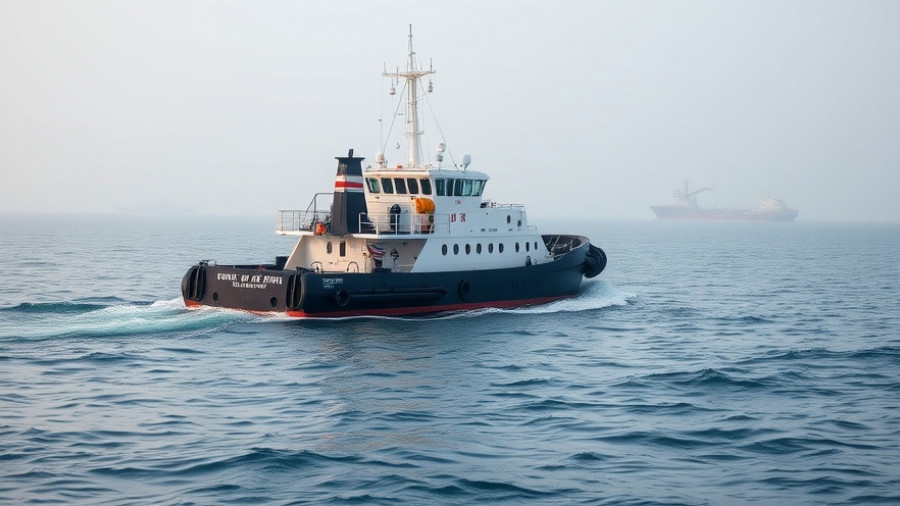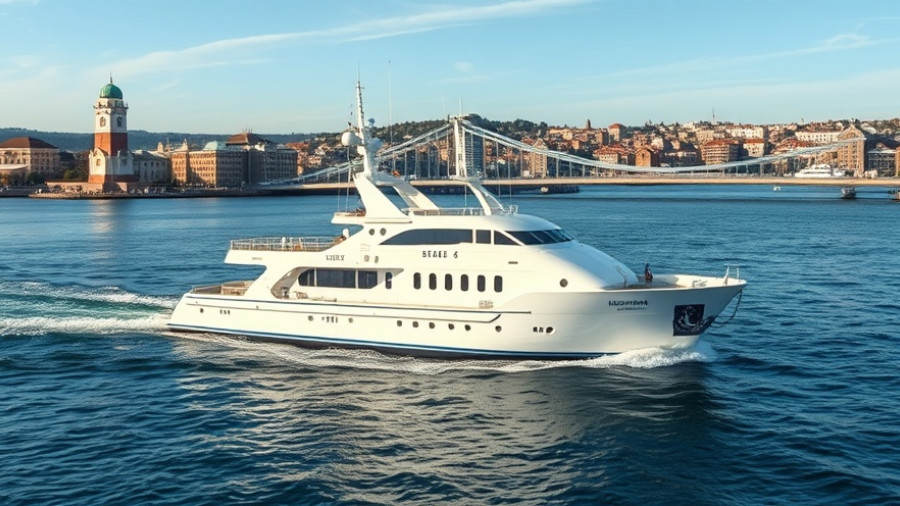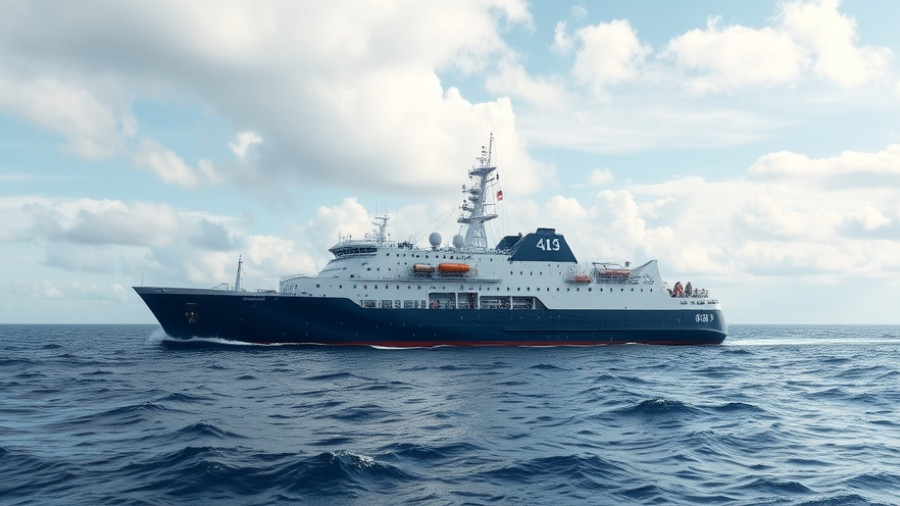
Propane's Role in Navigating Trade Challenges
In recent times, global trade has been a wild ride, impacted by fluctuating tariffs and economic uncertainties. This rollercoaster has placed enormous pressure on ports, compelling operators to explore every avenue for enhanced efficiency and cost control. One solution that continues to gain traction is propane's economic benefits, which are proving significant for port terminal operators seeking stability amidst these turbulent times.
Fuel Costs Under Control
Fuel constitutes one of the most variable and challenging costs in port operations. Diesel and gasoline prices are subject to the whims of the global oil market, affected by everything from geopolitical shifts to natural disasters. Contrarily, propane has established itself as a safer bet due to its domestic production and stable supply chain. Not only does propane mitigate the risk of price spikes characteristic of diesel, but it also opens up opportunities for long-term fuel contracts that enhance budget predictability. Some ports, such as the West Basin Container Terminal (WBCT) in Los Angeles, have heralded the benefits of switching to propane, reporting substantial cost reductions. Their low propane cost—down to approximately $1.66 per gallon—compares favorably against diesel, which averaged $3.44 per gallon in 2024.
Cost-Effective Infrastructure for Ports
When it comes to establishing necessary fueling infrastructure, the cost of propane is strikingly lower than electric alternatives. Ports can store over 100,000 gallons of propane on site, facilitating easy access while demanding a relatively minor investment for refueling stations. This scalability is essential for port operators, particularly in times of increasing cargo volume. Furthermore, propane does not degrade as quickly as diesel or gasoline, allowing for long-term storage without quality degradation.
Boosting Productivity and Reducing Downtime
High port volumes, such as the record-breaking numbers seen in July 2025 at the Port of Los Angeles, necessitate swift unloading of vessels to maintain operational flow. The use of propane-powered equipment has proven vital in this endeavor, thanks to its robustness and reliability. Propane terminals can operate continuously, with forklifts achieving 8-hour shifts without loss of power, compared to electric counterparts that often need to recharge during operations. This advantage not only enhances equipment uptime but also optimizes labor resources, driving greater efficiencies across port operations.
Energy Security and Resilience
As ports face growing challenges associated with grid instability, especially during peak demand or adverse weather, propane emerges as a strong alternative. The ability to maintain operations during grid outages is paramount, and propane-powered microgrids can act as lifelines during such crises. Having onsite propane storage helps ports ensure uninterrupted power, enabling critical systems and operations to continue functioning even during emergencies.
Conclusion: A Strategic Move for Modern Ports
With changing economic landscapes, controlling costs and achieving operational efficiency have never been more critical for port management. Propane provides a comprehensive solution that not only helps mitigate fuel costs and infrastructure investments but also boosts productivity and ensures resilience amidst the unpredictability of global trade. As more ports embrace propane, they are not just surviving—they are positioning themselves for a sustainable future that prioritizes both efficiency and environmental responsibility.
 Add Row
Add Row  Add
Add 




Write A Comment